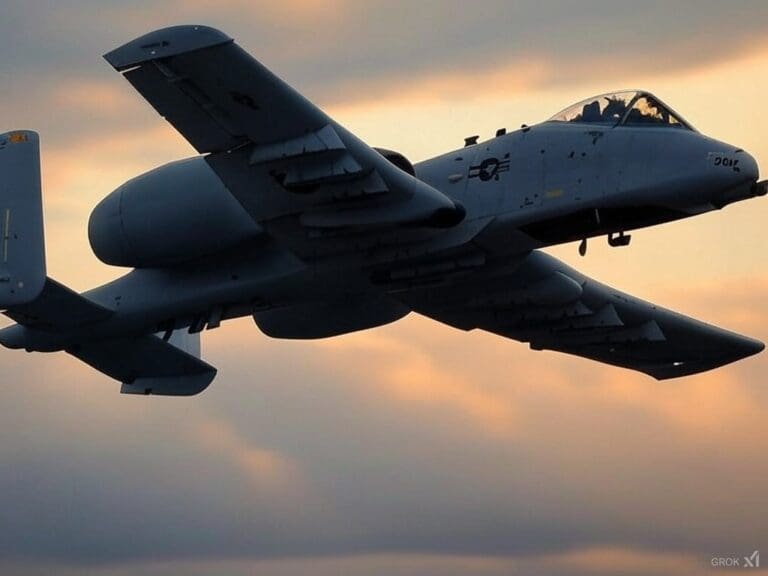By JD Bevers, Retired Air Force
For decades, the A-10 “Warthog” has served as an iconic close air support (CAS) platform—its thunderous 30mm cannon and resilient frame delivering game-changing support for ground troops. Yet the very qualities that made the A-10 indispensable in past conflicts now limit its effectiveness in a rapidly evolving security environment. As the United States faces near-peer competitors armed with advanced air defenses, Congress must lead by authorizing the full retirement of the A-10 fleet. Doing so will free resources for next-generation capabilities, ensure our airmen remain competitive against evolving threats, and position America’s military for sustainable readiness.
1. Strategic Realities Demand Modern Solutions
America’s defense apparatus is shifting from counterinsurgency campaigns to preparing for high-end fights against near-peer adversaries. The A-10’s slow speed, limited survivability against cutting-edge missile systems, and lack of stealth mean it could be sidelined or even endangered in contested airspace. Today’s battles call for multi-role jets—like the F-35—that can penetrate sophisticated defenses, conduct precision strikes, and still support ground forces when necessary. By reassigning the A-10’s funding to these modern aircraft, we bolster our airpower for scenarios ranging from deterrence in the Indo-Pacific to rapid reaction in Europe.
2. Budget Efficiency and Hard Savings
Retiring the A-10 could save an estimated $400–$500 million annually in operations and maintenance costs alone. That figure rises when we account for potential upgrades—such as re-winging, modernizing avionics, and extending airframe life. These mandatory overhauls will become more expensive over time, diverting funds from more urgent modernization efforts like hypersonic research, next-gen drone swarms, or advanced munitions.
The budgetary burden of maintaining an increasingly niche platform is unsustainable, especially when we face a growing list of critical priorities. By phasing out the A-10, we can free resources to enhance readiness, invest in cutting-edge technologies, and support our troops with the best equipment in the world.
3. Evolving CAS: More Than One Aircraft
Close air support remains vital. Yet new platforms—including the F-35, advanced drones, and even rotary-wing assets—have proven they can execute many CAS missions without sacrificing survivability or strategic flexibility. While the A-10’s cannon is formidable, modern aircraft leverage precision-guided weapons, sensor fusion, and networked targeting to neutralize threats with speed and accuracy. We must acknowledge that warfare’s technological arc no longer favors a single-purpose aircraft in contested environments.
4. Balancing Risk and Realities
Opponents argue that withdrawing the A-10 risks leaving ground troops vulnerable. This concern deserves respect: the A-10 has saved countless lives and is a personal favorite. However, ground forces already integrate with multi-role fighters and unmanned systems capable of effective CAS—especially with improved coordination. Further, the Army and Marine Corps will continue to benefit from lethal support delivered by advanced jets operating at safer altitudes and distances, mitigating the threat from modern anti-air weaponry.
5. Supporting Service Members and Communities
A phased retirement allows time for pilots, maintainers, and local communities to transition. Bases housing the A-10 can re-mission to support emerging platforms or become hubs for specialized training. Retraining personnel aligns their expertise with future-ready aircraft. Congress should pair retirement legislation with a robust transition plan, including workforce retraining funds, to mitigate local economic impacts.
Conclusion
Retiring the A-10 fleet is not a dismissal of its legacy but a forward-looking response to the demands of modern air warfare. By embracing the Air Force’s push to phase out this aging platform, Congress can channel crucial funds into transformational capabilities that keep American forces decisive and secure in any theater. The Warthog has served with honor; now is the moment for Congress to authorize a graceful retirement, paving the way for an even more agile, capable, and lethal U.S. Air Force.
